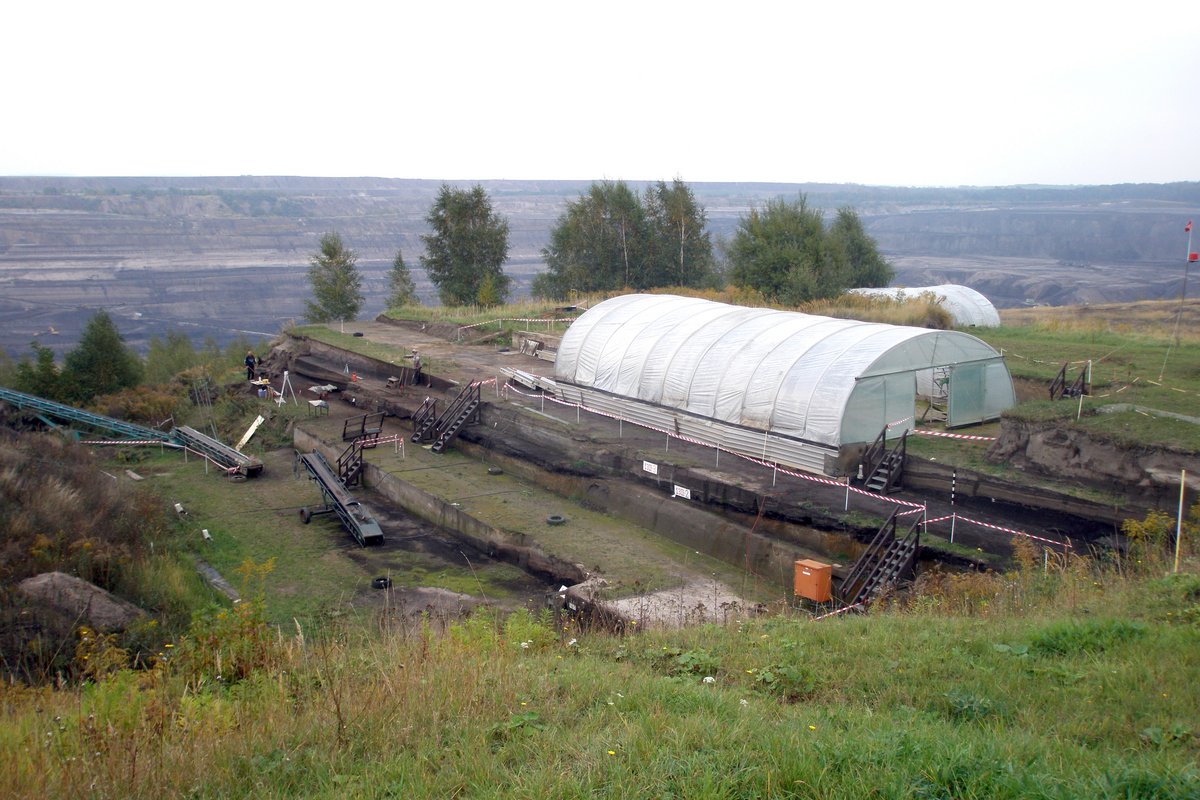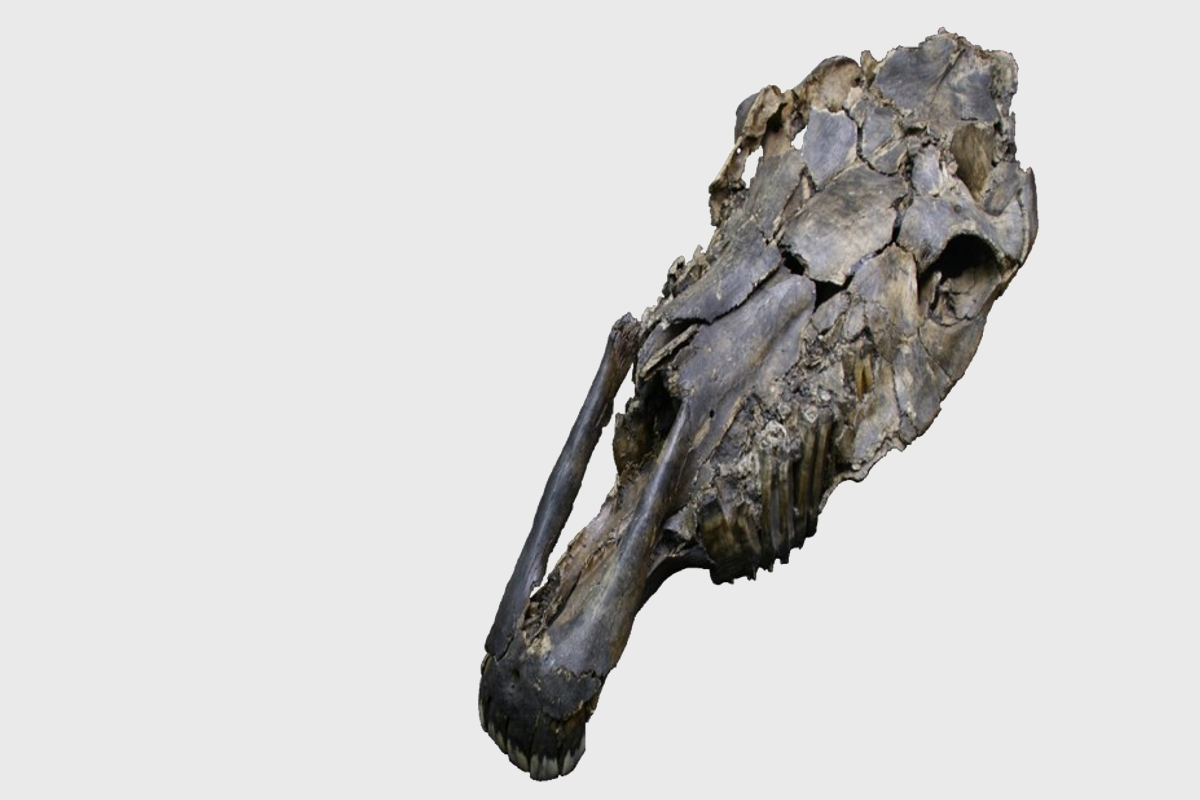Subsistence strategies of Middle Pleistocene humans in Schöningen
The approximately 300,000-year-old site of Schöningen initiated a paradigm shift in Palaeolithic archaeology: the finds of several spears and other wooden implements among the remains of hunted prey (horse) provide the first unquestionable evidence of big game hunting by pre-modern humans. The bone finds from the settlement site on a former lake shore in the Schöningen open-cast mine are the focus of a project funded by the DFG. It explores the complex depositional history of the site and models human diet and settlement patterns. For the first time, Schöningen provides high-resolution insights into the functional organisation of Middle Pleistocene sites. The excellent state of preservation not only of animal remains, but also of plant materials (eg. wood), which are rarely preserved elsewhere, sheds new light on subsistence strategies in adaptation to warm-temperate environments.
- Dr. Thomas Terberger. Niedersächsisches LA für Denkmalpflege, Hannover (D);
- Prof. Dr. Kurt Alt. Johannes Gutenberg-Universität Mainz (D);
- Dr. Peter Kuhn. Eberhard Karls-Universität Tübingen (D);
- Dr. Corinna Knipper. Curt Engelhorn-Zentrum Archäometrie GmbH, Mannheim (D);
- Prof. Dr. Brigitte Urban. Leuphana-Universität Lüneburg (D)
- Dr. Martin Kehl. Universität zu Köln (D)
- Prof. Nick Conard. Senckenberg-Forschungsstation Schöningen, Senckenberg Centre for Human Evolution and Palaeoenvironment, Universität Tübingen (D)
- J.M. Hutson / A. Villaluenga / A. Garcia-Moreno / E. Turner / S. Gaudzinski-Windheuser, A zooarchaeological and taphonomic perspective of human behaviour from the Schöningen 13II-4 “Spear Horizon”. In: A. Garcia-Moreno / J.M. Hutson / G.M. Smith / L. Kindler / E. Turner / A. Villaluenga / S. Gaudzinski-Windheuser (Eds.), Human Behavioural Adaptations to Interglacial Lakeshore Environments. RGZM Tagungen, Band 37, (Mainz 2020), Propylaeum (Heidelberg).
- García-Moreno / J. M. Hutson / A. Villaluenga / E. Turner / S. Gaudzinski-Windheuser. A detailed analysis of the spatial distribution of Schöningen 13II-4 “Spear Horizon” faunal remains. Journal of Human Evolution 152, 2021, 1 – 13.
- S. Lehnig / J.M. Hutson / E. Turner / A. Villaluenga / A. Garcíá- Moreno / G. Carver / S. Gaudzinski-Windheuser. Interpreting the Schöningen 13II-4 butchery sequence using the Harris Matrix. Journal of Archaeological Science Reports 36, 2021, 1- 7.

